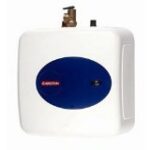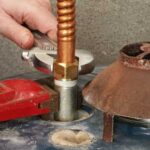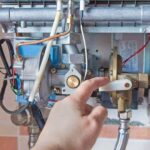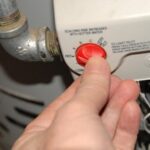How to buy the right tankless water heater, including pros and cons of tankless water heaters, selecting the right size, choosing an electric or gas tankless water heater, and more.
Compared to a conventional tank-style water heater, a whole-house tankless water heater can reduce your water-heating bill by 24 to 34 percent if your family uses 41 gallons or less of hot water each day, according to the US Department of Energy. In addition, a tankless water heater will provide an endless supply of hot water—it never runs out of hot water because it heats the water as it flows through water heater.
As discussed in How a Tankless Water Heater Works, a whole-house tankless water heater heats water moving through the system instead of heating and storing hot water in a large tank.
The familiar tank-style storage water heater is basically a large container with a heater. It stores a lot of water (typically 40 to 80 gallons), heats the water, and keeps it hot until needed at a hot water faucet or appliance. Then hot water leaves the tank, cold water replaces it, and the cycle repeats. The downside of a conventional storage water heater is that it wastes considerable energy keeping water hot 24 hours a day, seven days a week, whether or not you need hot water.
Instead of storing hot water, a tankless water heater circulates incoming cold water through a series of electric coils or powerful gas burners, called a “heat exchanger.” The heat exchanger heats up whenever you turn on a hot-water tap or hot-water-using appliance. When you turn off the fixture or appliance, the electric elements or burners shut off.
Manufacturers make tankless water heaters in several varieties, from small, electric point-of-use models to larger gas appliances that supply the whole house.
If you just want to provide hot water quickly and efficiently at a single fixture, such as a bathroom sink, a point-of-use water heater is a good choice. For example, if you simply want instant hot water at the kitchen sink, a hot water dispenser is the appliance for you. To read more, check out How to Buy & Install a Hot Water Dispenser.
But here is something to keep in mind: All tankless water heaters don’t necessarily supply hot water instantly. For a tankless water heater to guarantee super-fast hot water, it has to be located right next to the faucet, shower, or appliance that it serves. Otherwise, hot water sits in the pipes between the water heater and the fixture, and it loses its heat as it sits there.
Tankless Water Heater Flow
With a tankless water heater, you don’t empty the water heater with a tall bath because there isn’t a tank to empty. The supply of hot water is continuous and endless. With this type of water heater, there is never an issue with capacity—but there can be a problem with flow.
A tankless water heater won’t “run out” of hot water unless the flow surpasses the water heater’s heating ability.
Think of it this way: If two showers and the washing machine run at the same time, a lot of water is passing through the tankless water heater at one time—and it can’t heat that much water fast enough unless it is a very large capacity tankless water heater. Consequently, it may deliver lukewarm water.
The solution? You need to buy a high-capacity unit that puts out a lot of heat.
Or you can stagger showers and washing machine usage by a couple of minutes.
Or, the more expensive option, you can buy two tankless water heaters.
To further clarify, you can fill an oversized bathtub when you have a tankless water heater, but the water may not be really hot if you’re also supplying another appliance or fixture at exactly the same time.
For the same reason, if the tub’s faucet delivers a heavy flow, you may have to slow down the water a little when filling it. Aside from staggering usage, the key to buying the right tankless water heater for your home and family is to size it appropriately. See below for more about this.
Tankless Water Heater Types
Tankless water heaters may be either gas or electric.
Gas tankless water heaters are much faster and more efficient at heating water than electric tankless water heaters. Because of the higher heat output and faster response time required, most whole-house tankless water heaters have gas-fired burners (including both natural gas and propane).
One downside of gas-fired tankless water heaters is that they require venting through a flue that carries the combustion gasses outdoors. In fact, tankless water heater flues generally must be larger than the flues required for gas storage water heaters.
Browse Gas Tankless Water Heaters on Amazon
Browse Electric Tankless Water Heaters on Amazon
Alternative Ventilation, Heating, and Ignition Systems
Some “low-nox” gas tankless water heaters have power vents that allow you to exhaust gases out a side wall; these are ideal for situations where running a new vent up to and out the roof would be impractical if not impossible.
Rinnai, Bosch, Rheem, and other companies also make “outdoor” gas tankless water heaters that can be installed outside of the home and therefore do not require venting (these may not be practical in extremely cold climates).
Some gas tankless water heaters have pilot lights, and some, like Rinnai, use electronic ignition models improve energy efficiency. One Bosch gas tankless water heater utilizes “hydro ignition,” a tiny water-powered turbine that sparks the burner. Models that don’t require a pilot light are more expensive to buy but also more energy efficient than pilot-light models because they don’t waste the gas needed to keep a pilot light burning.
Most tankless water heaters have electronic components that need to be connected or plugged-into an electrical circuit.
Best Tankless Water Heater Warranties
Whereas conventional storage water heaters last about 10 years, tankless water heaters last 20 years or longer. Be sure to check out the tankless water heater’s warranty. Because they don’t have tanks that deteriorate after years of storing water, the best tankless water heaters offer long-term reliability. Warranties on the critical component—the heat exchanger—run from five to twelve years; most companies cover the heat exchanger for 10 years and other parts for 3 to 5 years.
Minerals found in water, especially hard water, eventually corrode a storage water tank. Minerals eventually get cooked onto the bottom of the tank, which reduces heating efficiency. Because tankless water heaters don’t store water, they last longer than storage water heaters. Nevertheless, they should be serviced once a year—twice a year if your home has especially hard water.
The Right Tankless Water Heater Size
When seeking the right tankless water heater for your family, think in terms of flow, not capacity. As discussed above, a tankless water heater doesn’t run out of hot water like a storage water heater can. But it may not heat water fast enough to serve multiple fixtures at once.
A tankless water heater is given BTU (British Thermal Unit) input and efficiency ratings. These determine its flow rate, expressed in gallons per minute (GPM).
One BTU is equal to the amount of energy required to raise the temperature of 1 pound of water 1 degree F. The higher a water heater’s BTU rating, the higher the water heater’s flow rate.
Under normal circumstances, it takes about 31,000 BTUs to deliver 1.2 GPM or 190,000 BTUs to deliver 5.7 GPM of hot water. If you live in a cold climate, where the incoming water is very cold, the unit will require more heat to bring the water up to temperature.
Flow rates of tankless water heaters vary from about 1.2 to 6 GPM. Point-of-use models, such as those that provide hot water to a single bathroom sink, are rated 1.2 GPM. A 2.6-GPM tankless water heater will handle one shower at a time. A 4-GPM tankless water heater one shower and one sink, and a 6-GPM two showers.
Homeowners who are concerned about energy savings also need to pay attention to a unit’s efficiency ratings. These ratings, which range from about 78 percent to the best tankless water heaters at 99 percent. They indicate how much of the fuel is converted to heat by the appliance—the higher the better.
Top-rated tankless water heaters like the 92,000 BTU Stiebel Eltron Tempra 36 Plus has a maximum flow rate of 7.5 GPM at a very high 99% efficiency (2022).
Next See:
• Water Heaters Overview
• Buying Point-of-Use Water Heaters
• How Tankless Water Heaters Work
• Tankless Water Heater Repairs



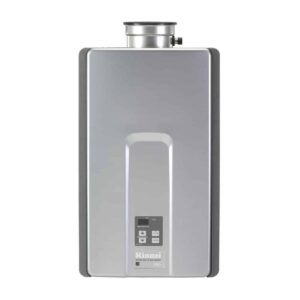
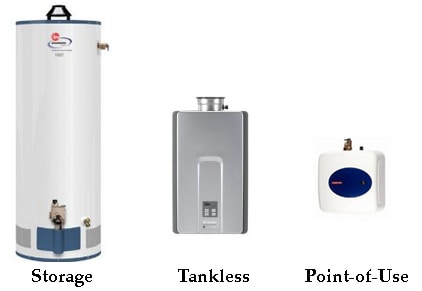
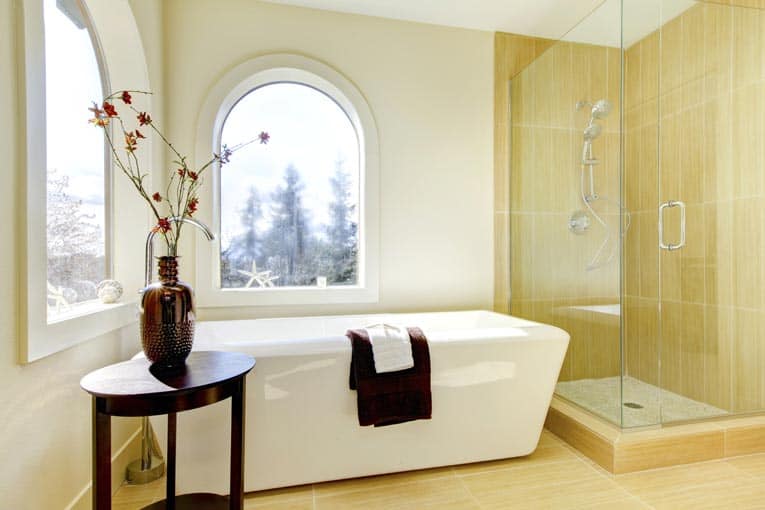
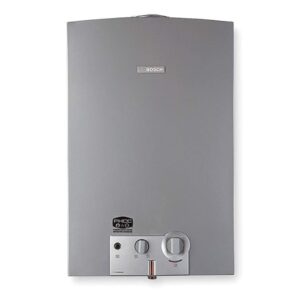
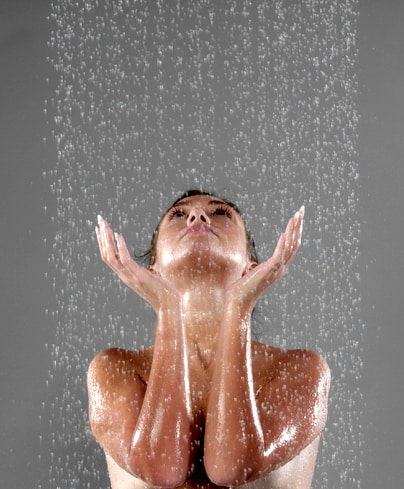
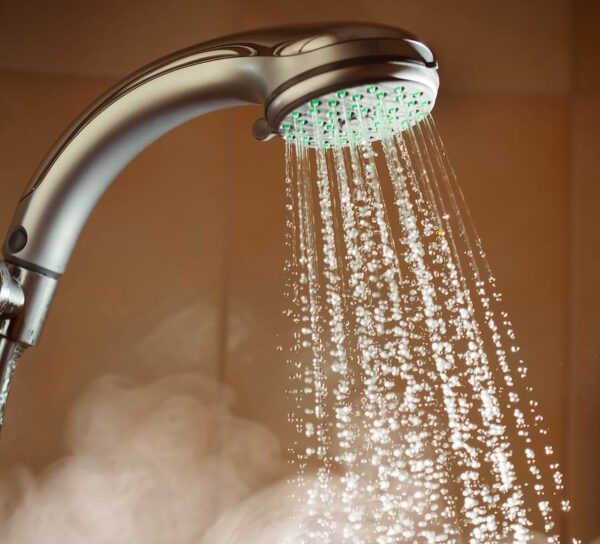


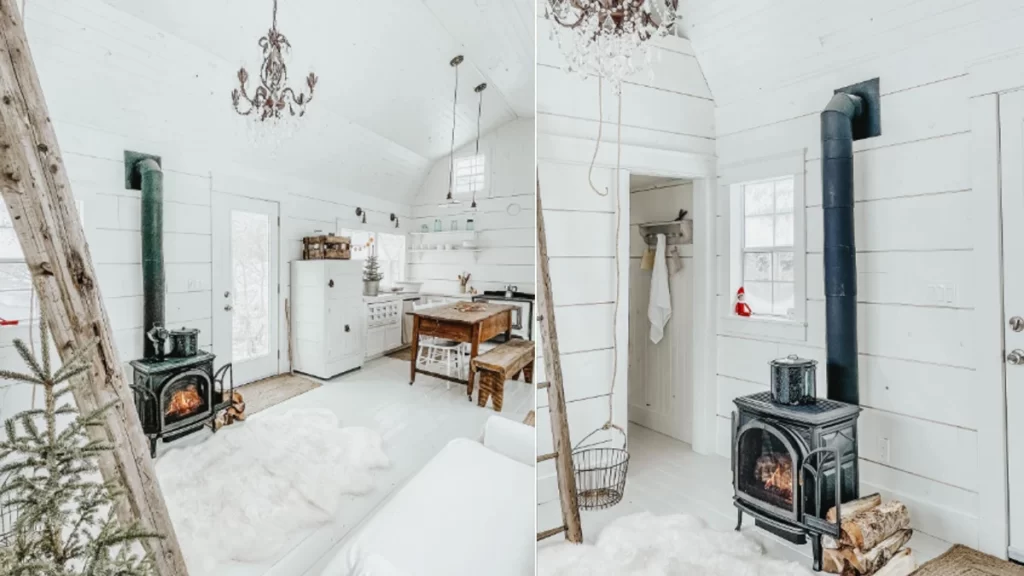
 Don Vandervort writes or edits every article at HomeTips. Don has:
Don Vandervort writes or edits every article at HomeTips. Don has:
